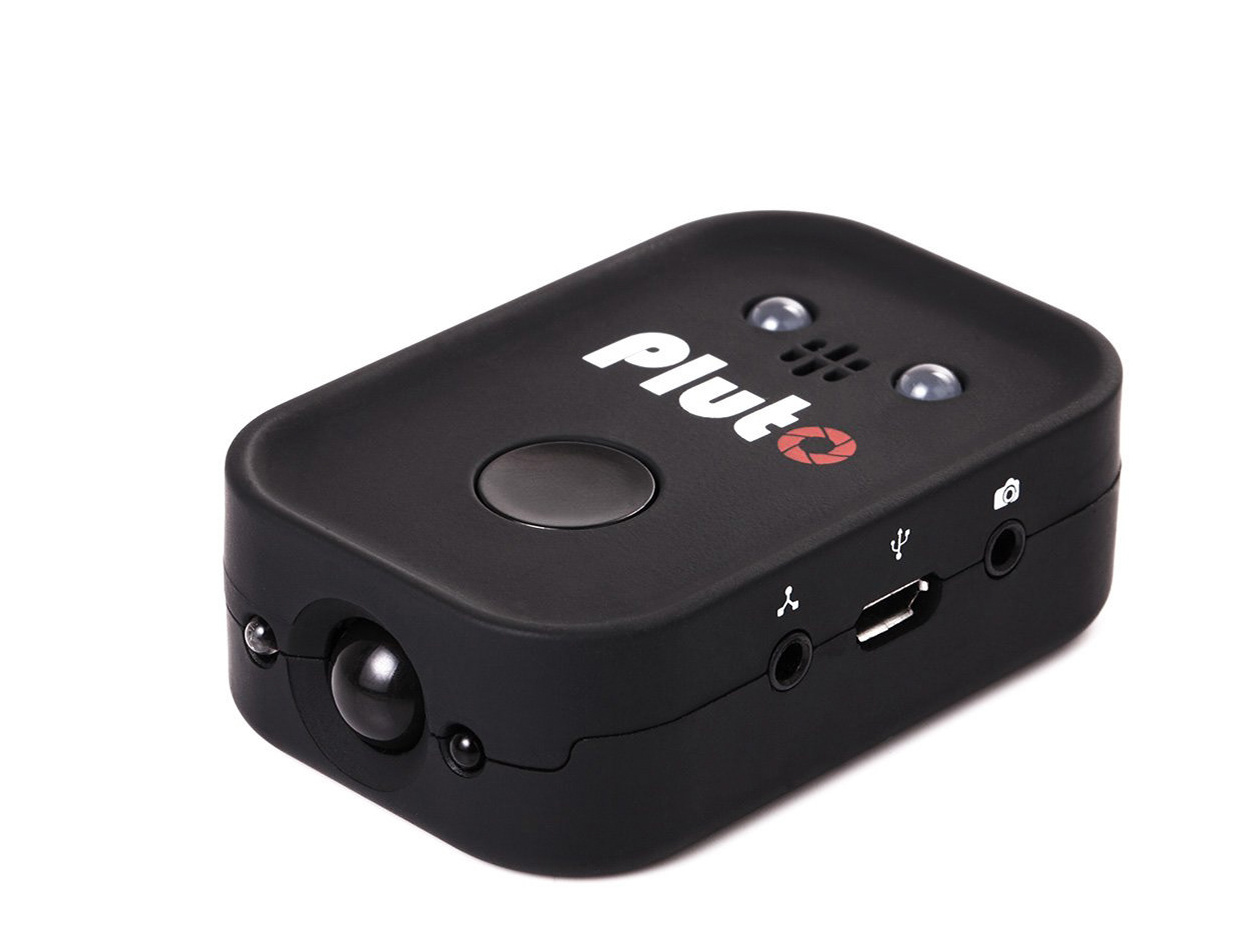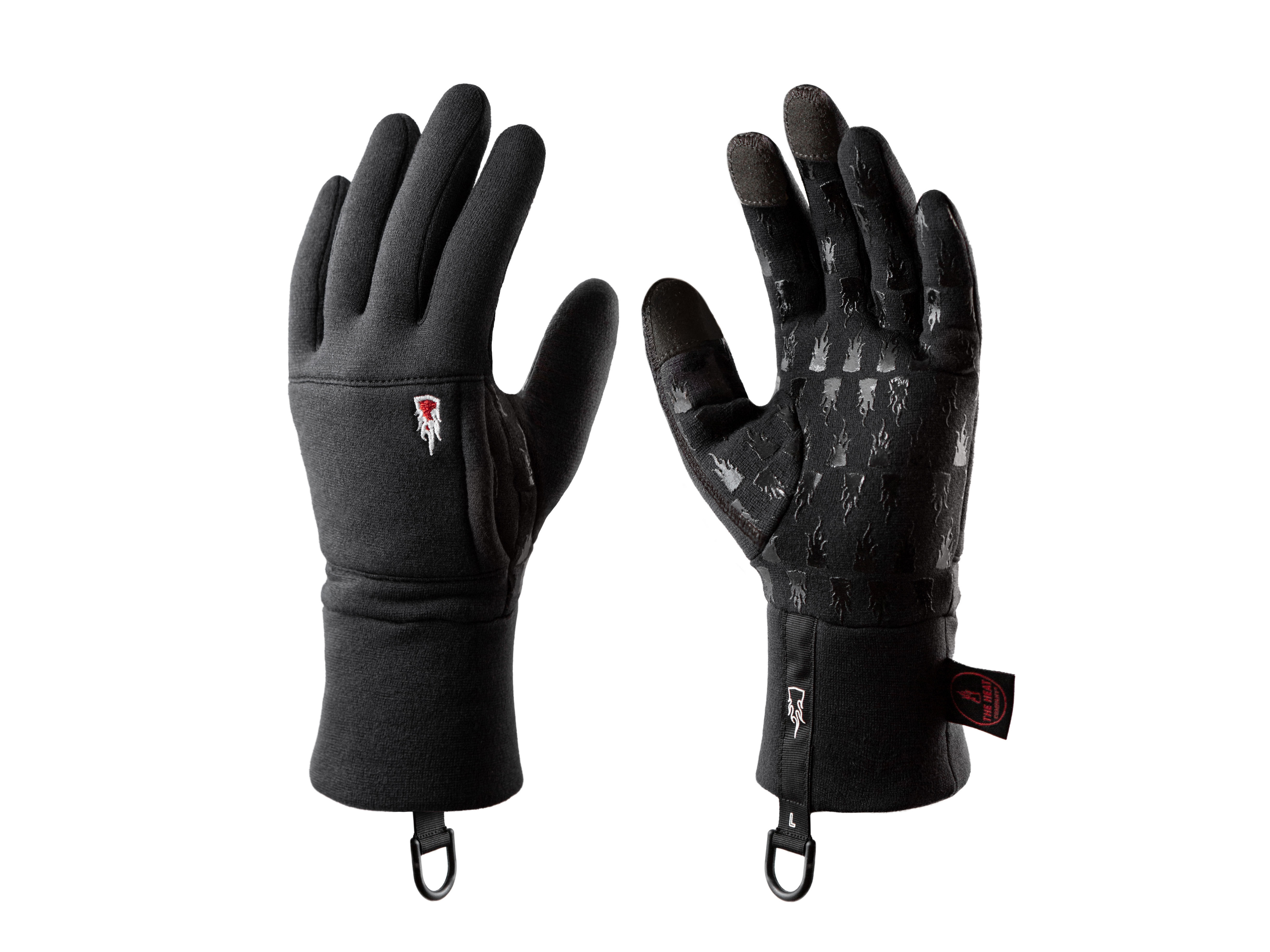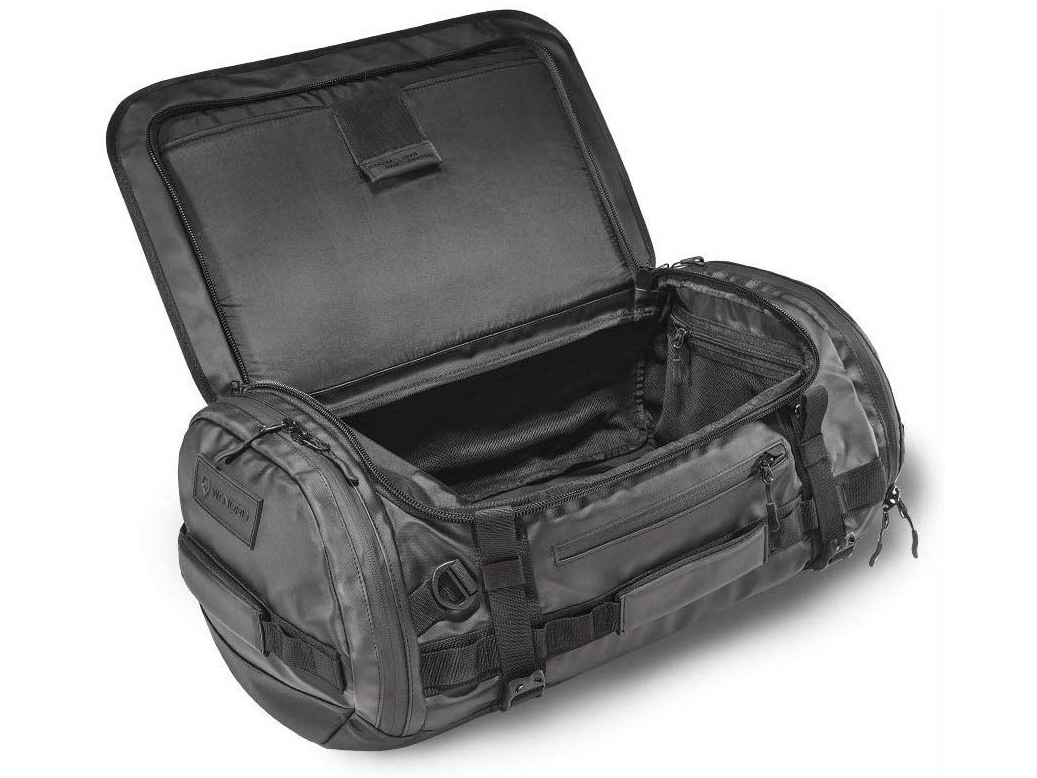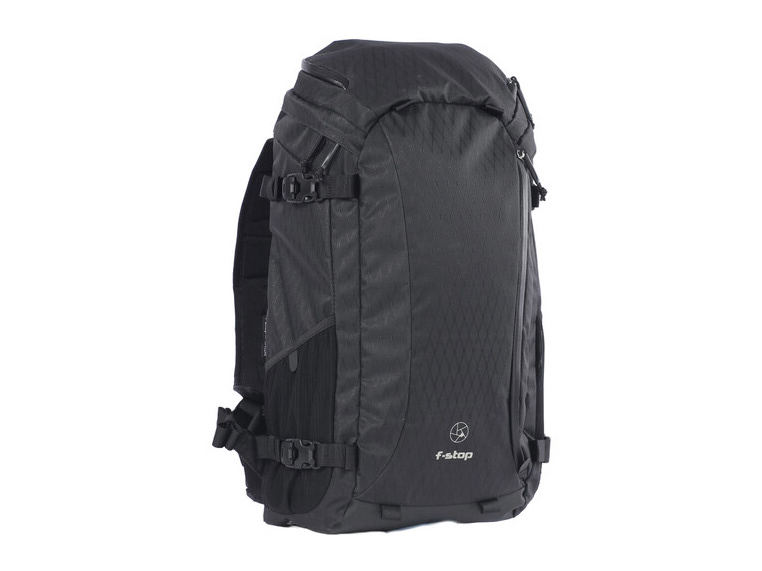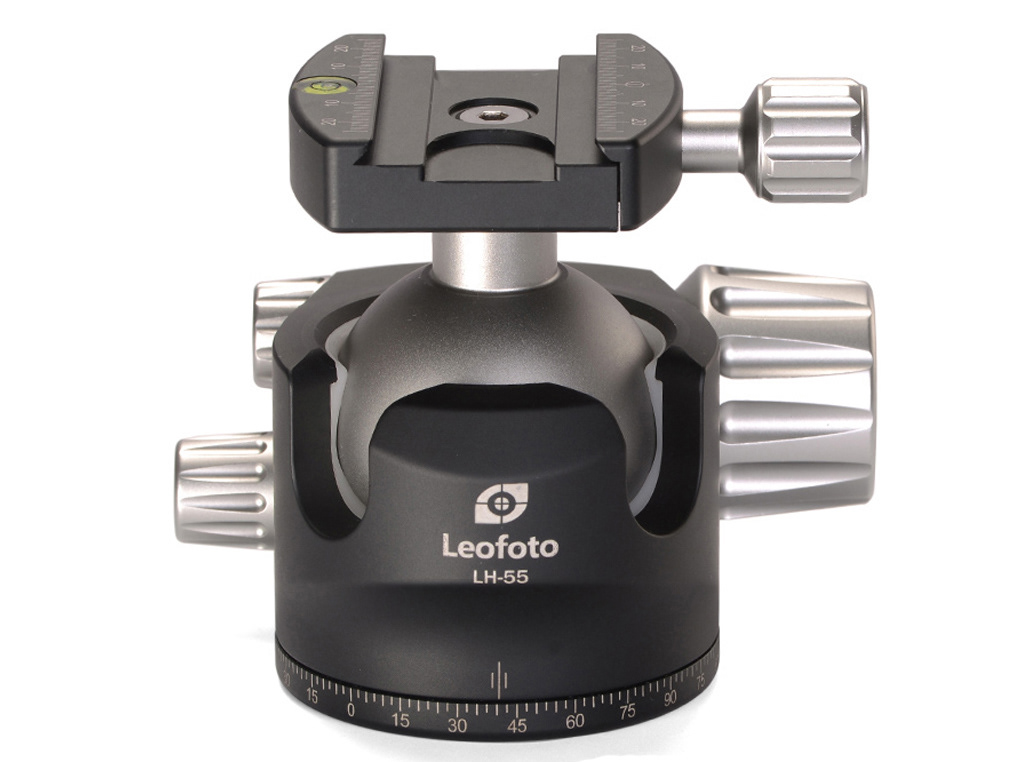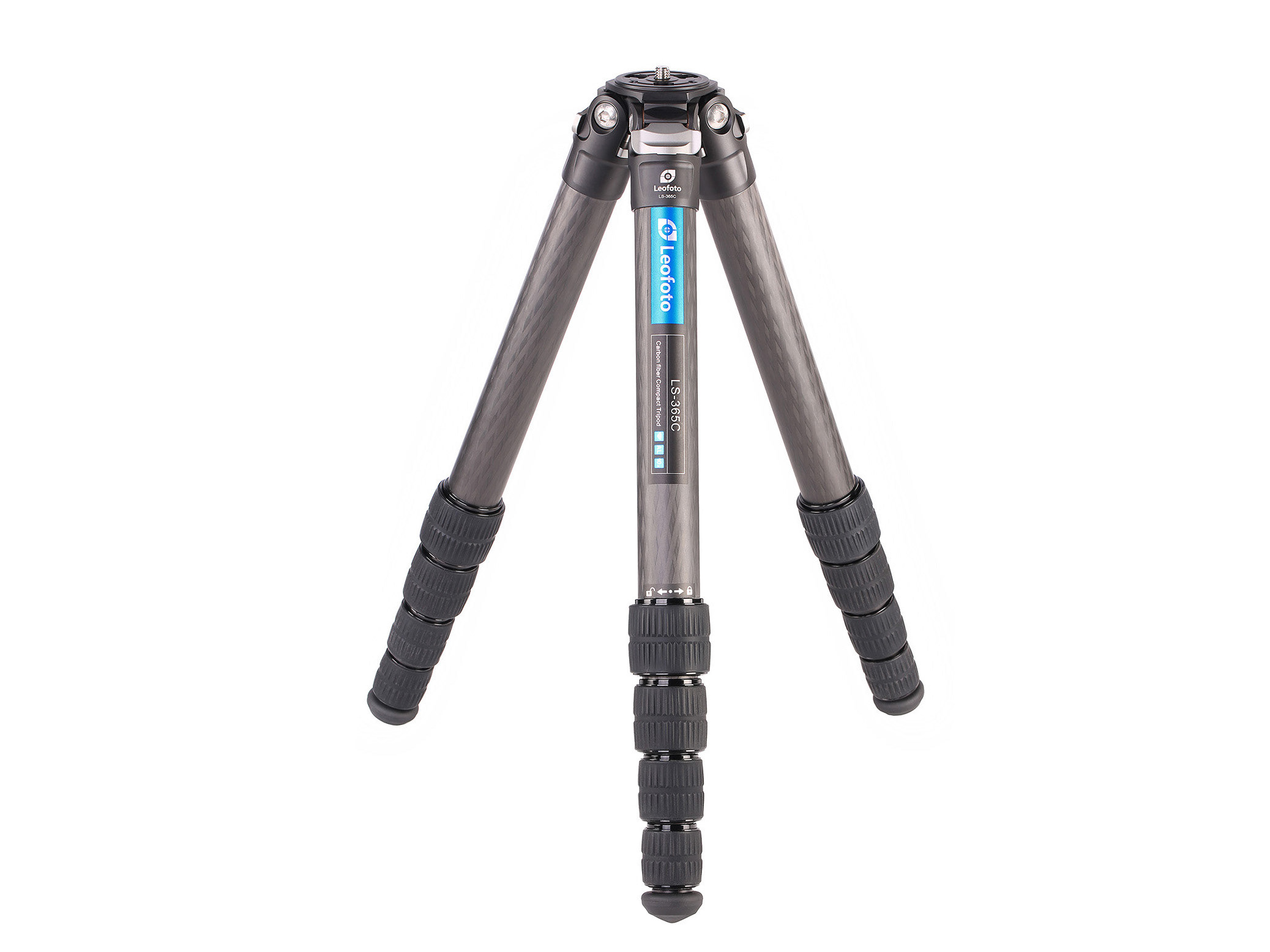Sigma 100-400MM F/5-6.3 DG DN Sony Review
INTRODUCTION
As you know, I went to sony's mirrorless system, and bought the Sigma 14-24mm F/2.8, and the Sigma 24-70mm F/2.8, And both lenses didn't disappoint me, so as a winning team it dont move, i decided to buy the new Sigma 100-400mm, now o confess you, that I'm only waiting for the launch of tje 70-200mm F/2.8.
In 2017, Sigma launched a new ultra-telephoto zoom for Canon and Nikon DSLRs, shoehorning a powerful 100-400mm range into a relatively compact, lightweight build. Now in 2020 sigma launched the next-generation ‘DN’ version for mirrorless cameras is revamped and refined, delivering better all-round performance, handling and image quality.
The Sigma 100-400mm F5-6.3 DG DN OS is a compact and lightweight 4x telephoto zoom lens for Sony Alpha E-mount full-frame and APS-C cameras (with an effective increase in focal length to 150-600mm).
Once again this is my wholehearted honest review of this lens, I have not received any gifts or payment for writing this review. I bought this Lens.
ABOUT SIGMA
Sigma Corporation is a Japanese company,that dedicates to manufacturing cameras, lenses, flashes and other photographic accessories. All Sigma products are produced in the company's own Aizu factory in Bandai, Fukushima, Japan. Although Sigma produces several camera models, the company is best known for producing high-quality lenses.
Sigma products lens with mount to camerasCanon, Nikon, Pentax, Sony, Olympus and Panasonic, as well as their own cameras.
The company was founded in 1961 by Michihiro Yamaki, who was Sigma's CEO until his death at age 78 in 2012, now a day the CEO is Kazuto Yamaki
Since 1961. Sigma has worked towards a single, simple goal: To imagine, and develop, the technologies that will allow the attainment of the perfect image. It’s a commitment they have made, and honored since day one. It’s evident that their collaborative design was a process that unites R&D, manufacturing, marketing, sales, and service. It’s evident in their standards—above and beyond industry norms—requiring 100% of their lenses be analyzed by their proprietary ultra-high definition sensors and approved before leaving our factory.
And its evident in their final products, built with premium materials, and known worldwide for quality and performance.
All of SIGMA’s products are created in one single place, our Aizu factory, and then reach our customers all around the world. In this video, we focus on the people that create our products, the people that use them, and the environments that surround them. Scene by scene, we introduce some of our Aizu employees as well as their families, the beautiful nature of the Aizu region, and artists of different fields from all around the world.
It is our goal to match the passion driving artists to create new works with our own passion towards our products. With this video, we would like to present both an essence of our philosophy as well as the showcase the creative fervor of everyone who helped create it.
It is our goal to match the passion driving artists to create new works with our own passion towards our products. With this video, we would like to present both an essence of our philosophy as well as the showcase the creative fervor of everyone who helped create it.
Photography is all we do. And it’s all we’ve done. So you can rest assured that it’s something we know extensively and care deeply about.
PACKAGING AND UNBOXING
As been usual in Sigma lens, the lens came in a Sigma white box, i think they could start to think to change their image, a new and modern one.
After having the first contact with this lens i felt good again, the lens fit in all of my hand, and i tough to my self... Dam, it's so beautiful.
Inside of the white box i found:
- Lens
- Front Cap
- Rear Cap
- 2-Years Warranty
- 5-Years Portugal Warranty Extension
DESCRIPTION
Sonyshooters now have the option to buy a 100 400 lens, buythe high-performance Sony FE 100-400mm f/4.5-5.6 GM OSS, which isn’t much heavier than the Sigma lens but very much more expensive at around, sigma is again a half of price of Sony.
The state-of-art optical design technology ensures edge-to-edge high-resolution and high-contrast image quality throughout its entire focal range. This new lens achieves high image quality which rivals that of standard zoom lenses such as the SIGMA 24-70mm F2.8/ DG DN | Art and the 14-24mm F/2.8, ensuring a perfect match with these lenses while shooting.
This combination of ultra-telephoto images with the excellent mobility of the SIGMA 100-400mm F5-6.3 DG DN OS | Contemporary will open up new ways for you to enjoy ultra-telephoto photography, as well as its possibilities, from everyday snapshots to field photography and everything in between.
Sigma packs in some up-market features. There’s a fast and virtually silent stepping motor autofocus system, complete with an electronically coupled manual focus ring which operates with excellent precision. As well as an AF/MF switch, there’s an autofocus range limiter which operates either side of 6m, and an AF-Lock button which can be customized for other functions. This lens features a rounded 9 blade diaphragm which creates an attractive blur to the out of focus areas of the image and offers 4 stops of built-in optical image stabilisation.
- LOW DISPERSION
One F Low Dispersion (FLD) element and four Special Low Dispersion (SLD) elements markedly reduce chromatic aberrations and color fringing throughout the zoom range for improved clarity and color accuracy.
- OTICAL STABILIZATION
Optical image stabilization compensates for up to four stops of camera shake to help realize sharp imagery when shooting handheld with slower shutter speeds.
- MULTI LAYER COATING
A Super Multi-Layer Coating combined with a Nano Porous Coating has been applied to lens elements in order to minimize lens flare and ghosting to a greater degree than conventional anti-reflective coatings. The combination of these coatings produces contrast-rich and color-neutral imagery, and help to make the lens even more effective in backlit conditions. The front lens element has also been treated with a water- and oil-repellent coating to benefit working in harsh environmental conditions
- QUICK AF SYSTEM
Though full-time manual focus is available, this lens is equipped with a stepping motor that enables smooth, high-speed autofocusing that is notably quiet whether utilizing features such as Face/Eye Detection AF or during video shooting.
- BLADES DIAPHRAGM
Rounded 9 blade diaphragm contributes to a pleasing bokeh quality.
- WEATHER RESISTANT
Weather-resistant construction with a brass bayonet that affords improved mounting accuracy and rigidity.
SPECIFICATIONS
- Maximum Aperture: F/5 to 6.3
- Minimum Aperture: F/22 to 29
- Lens Mount: Sony E
- Format Compatibility: Full-Frame
- Angle of View: 24.4° to 6.2°
- Minimum Focus Distance: 1.1 m
- Maximum Magnification: 0.24x
- Optical Design: 22 Elements in 16 Groups
- Diaphragm Blades: 9 Rounded
- Focus Type: Autofocus
- Image Stabilization: Yes
- Tripod Collar: Removable and Rotating (Optional)
- Filter Size: 67 mm (Front)
- Dimensions (ø x L): 86 x 197.2 mm
- Weight: 1135 g
- Package Weight: 1640 kg
- Box Dimensions (HxWxD): 12.7 x 18 x 25.4 cm
- Minimum Aperture: F/22 to 29
- Lens Mount: Sony E
- Format Compatibility: Full-Frame
- Angle of View: 24.4° to 6.2°
- Minimum Focus Distance: 1.1 m
- Maximum Magnification: 0.24x
- Optical Design: 22 Elements in 16 Groups
- Diaphragm Blades: 9 Rounded
- Focus Type: Autofocus
- Image Stabilization: Yes
- Tripod Collar: Removable and Rotating (Optional)
- Filter Size: 67 mm (Front)
- Dimensions (ø x L): 86 x 197.2 mm
- Weight: 1135 g
- Package Weight: 1640 kg
- Box Dimensions (HxWxD): 12.7 x 18 x 25.4 cm
FEATURES
1- BILD CONSTRUCTION AND MATERIALS
As we've gotten used to Sigma, the Build quality it's like a professional-grade, there is something about the feel of Sigma’s Art series that is appealing. Maybe it’s the matte black finish or the monochromatic clean look of the lens in general.
Further switches and buttons include an AF/MF toggle switch and an AF-L (autofocus lock) button, which can be customised to carry out different functions, depending on camera type and model. The zoom and focus rings themselves are reversed.
When you first pick up this lens, the first thing you notice is that there’s a rubber ring around the barrel, right where a tripod collar should be.
To be hoenst, I was shocked to realize that THE TRIPOD COLLAR IS AN OPTIONAL ACCESSORY.
The build quality of the Sigma 100-400mm F5-6.3 DG DN OSArt is at a high level. The lens has gaskets around all the moving parts and an additional gasket on the mount to seal the connection to the camera body. Sigma claims that the lens is dust and splash proof.
2- EASY TO USE
Weighing in at 1135 grams and measuring nearly 19.7cm in length, the Sigma 100-400mm F5-6.3 DG DN OS Art is certainly a big and heavy lens given its focal length.
The Sigma 100-400mm F5-6.3 DG DN OS Art lens has a generously sized focus ring, which is ridged for easier grip. There are no hard stops at the ends of the range, making it harder to set focus at infinity. Filters users should be pleased that the 67mm filter.
The Sigma 100-400mm F5-6.3 DG DN OS Art lens has a generously sized focus ring, which is ridged for easier grip. There are no hard stops at the ends of the range, making it harder to set focus at infinity. Filters users should be pleased that the 67mm filter.
3- FOCUS PERFORMANCE
When it comes to super-telephoto lenses, autofocus is everything. If a lens can’t snap into focus on a wildlife subject at dawn or dusk, or track an athlete across a field, then nothing else matters!
Sigma’s autofocus has improved an incredible amount over the last decade. Their final few “EX” lenses, plus many of their earliest “Art” lenses, had good autofocus, but it wasn’t as good as the name brands in terms of consistency and reliability. Now, with Sony mirrorless camera bodies and their on-sensor hybrid autofocus, it seems like there’s very little difference in terms of autofocus reliability. Sure, a Sony GM lens will be a little bit more snappy, and a little bit more reliable, but there is no longer a night-and-day difference, let alone a deal-breaking flaw with AF reliability.
4 - DISTORTION
With the lens set to its maximum aperture, there is significant light fall-off in the corners at both ends of the zoom range. Stopping-down to f/11 virtually eliminates this. There's very little distortion to worry about.
Sony A7R4 -100-400mm F/5-6.3 - Iso 100, F/8, 1/80, 100mm
Sony A7R4 -100-400mm F/5-6.3 - Iso 100, F/8, 1/80, 200mm
Sony A7R4 -100-400mm F/5-6.3 - Iso 100, F/8, 1/80, 300mm
Sony A7R4 -100-400mm F/5-6.3 - Iso 100, F/8, 1/80, 400mm
In the pos productions, when you make the lens profile, the app almost correct all the distortion.
5 - SHARPNESS
The sharpness tests for this review were carried out using a real-world subject rather than a test chart. The Sigma 100-400mm F5-6.3 DG DN OS lens was attached to a Sony A7R4 camera body, which in turn was mounted on a sturdy tripod. Self-timer mode was activated. Slight tonal changes are due to slight changes in natural light during the session.
Sony A7R4 -100-400mm F/5-6.3 - Iso 100, F/8, 1/20, 100mm
100mm
Centre and edge sharpness are commendably good wide-open at f/5, and remain high through from f/5.6 to f/11, with f/16 and f/22 being adversely affected by diffraction.
Centre and edge sharpness are commendably good wide-open at f/5, and remain high through from f/5.6 to f/11, with f/16 and f/22 being adversely affected by diffraction.
Sony A7R4 -100-400mm F/5-6.3 - Iso 100,, 1/20, 100mm
Sony A7R4 -100-400mm F/5-6.3 - Iso 100,, 1/20, 100mm
200mm
Centre sharpness is commendably good wide-open at f/5.6, and both the centre and the edge remain high through from f/8 to f/11, with f/16 to f/25 being adversely affected by diffraction.
Centre sharpness is commendably good wide-open at f/5.6, and both the centre and the edge remain high through from f/8 to f/11, with f/16 to f/25 being adversely affected by diffraction.
Sony A7R4 -100-400mm F/5-6.3 - Iso 100,, 1/20, 200mm
Sony A7R4 -100-400mm F/5-6.3 - Iso 100,, 1/20, 200mm
300mm
Centre sharpness is a little soft wide-open at f/6.3. Both the centre and the edge remain high through from f/8 to f/16, with f/22 to f/29 being adversely affected by diffraction.
Centre sharpness is a little soft wide-open at f/6.3. Both the centre and the edge remain high through from f/8 to f/16, with f/22 to f/29 being adversely affected by diffraction.
Sony A7R4 -100-400mm F/5-6.3 - Iso 100,, 1/20, 300mm
Sony A7R4 -100-400mm F/5-6.3 - Iso 100,, 1/20, 300mm
400mm
Centre sharpness is a little soft from f/6.3-f/8. Both the centre and the edge remain high through from f/11 to f/16, with f/22 to f/29 being adversely affected by diffraction.
Centre sharpness is a little soft from f/6.3-f/8. Both the centre and the edge remain high through from f/11 to f/16, with f/22 to f/29 being adversely affected by diffraction.
Sony A7R4 -100-400mm F/5-6.3 - Iso 100,, 1/20, 400mm
Sony A7R4 -100-400mm F/5-6.3 - Iso 100,, 1/20, 400mm
6 - VIGNETTING
Vignetting is one area of image quality where I’m going to have to plead the fifth until we get to the Cons section. Suffice it to say, vignetting is present. You probably won’t notice it if you’re not nit-picky, but you will indeed notice it if you do a lot of demanding, precision work, and especially if you over-edit your images in terms of contrast/curve.
Sony A7R4 -100-400mm F/5-6.3 - Iso 100,, 1/120, 200mm
7 - CHROMATIC ABERRATION
The Sigma 100-400mm f/5-6.3 DG DN OS Art has a bit of color fringing throughout the entire image frame, when tested on either a 61-megapixel Sony A7R IV or the 24-megapixel A6400, but it vanishes when you turn on Adobe’s default chromatic aberration correction.
8 - FLARE RESISTANCE
There is almost no flare to speak of, unless you just blast the Sigma 100-400mm DN’s front element with sunlight, without the very helpful lens hood. Sigma’s glass and coatings are almost as good as the name-brand optics these days. When photographing direct light sources that are very bright, such as the sun.
9 - BOKEN
The background blur of all telephoto lenses is usually nice and smooth, although in some challenging conditions you’ll see the differences between more affordable and compact lenses and the bigger “flagship” optics. Challenging conditions such as, say, sticks and twigs in both the foreground and background, or, harsh mid-day sunlight on a backgroung.
10 - MACRO
The Sigma 100-400mm can focus decently close, at 1.1 m, which doesn’t give you a stunning reproduction ratio, (0.24x), but it’s still quite close-up for most of the types of subjects you might want to use this lens for. It wouldn’t replace a dedicated macro lens, of course, if you’re a nature photographer who loves macro and only shoots wildlife, etc once in a while. However, if you photograph mostly wildlife and only ever do close-up nature details once in a while, you’ll be happy with the Sigma. Even at 400mm and f/6.3, the lens’ optics don’t get soft when focusing extremely close
11 - SUNSTAR EFFECTS
Sunstars are not very exciting; you get the usual well-defined but dull-pointed stars. If you’re a cityscape photographer and you want incredible sunstars at telephoto focal lengths on your full-frame Sony, then do yourself a huge favor and consider going in the completely opposite direction from such modern, cutting-edge optics as this Sigma.
PRICE VS PERFORMANCE
I’m very impressed with the 100-400mm f/5-6.3 DG DN OS Art lens. I feel like Sigma T
is on way for success with these creations for mirrorless, isn't a cheaper lens, but it's cheaper but it's a half of price of the Sony.
This lens can be buyed at 1000€.
CONCLUSION
Sigma 100-400mm DG DN OS aims for good performance in a compact and lightweight package, at a competitive asking price. It comes up trumps for image quality, delivering excellent sharpness and contrast, while keeping colour fringing, distortions, ghosting and flare to a minimum. It’s pricier than the original DSLR-mount DG OS HSM version of the lens but the boost in image quality makes it well worth the extra outlay. The build quality is very good, with the sober all-black design adding to the high-quality feel and the dust/splash-proof construction adding some peace of mind, plus there's a decent lens hood included
If you're in the market for a versatile telephoto zoom that won't break the bank, then this new offering from Sigma should be at the top of your list.
WHAT I LIKED
- Superb image quality
- Excellent boke
- Super-fast, silent autofocus
- Effective image stabilizer
CONS
- Tripod collar a separate purchase, and very expensive, very bad Policy for Sigma
- Zoom & focus rings switched position
- Superb image quality
- Excellent boke
- Super-fast, silent autofocus
- Effective image stabilizer
CONS
- Tripod collar a separate purchase, and very expensive, very bad Policy for Sigma
- Zoom & focus rings switched position
REAL WORLD APPLICATION

